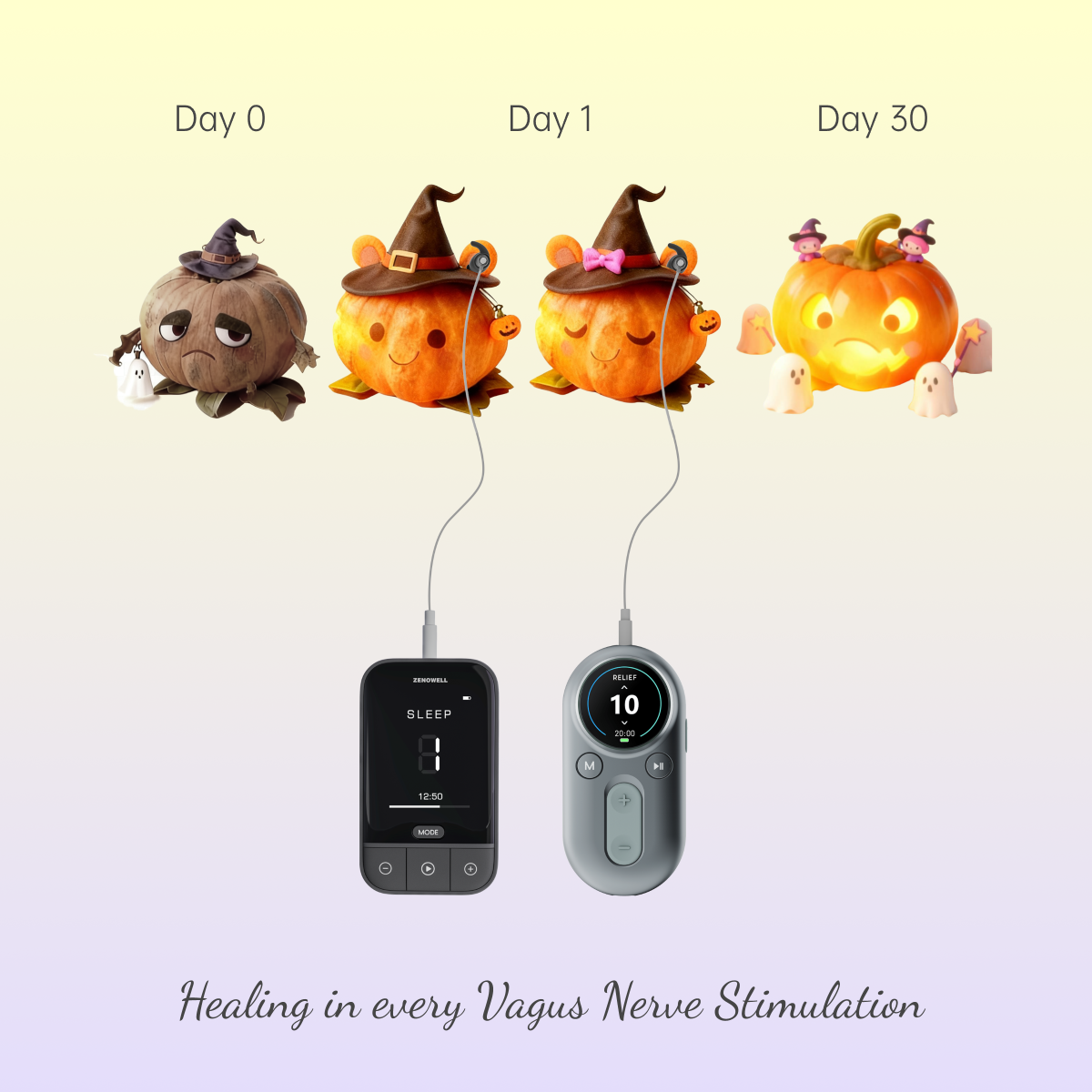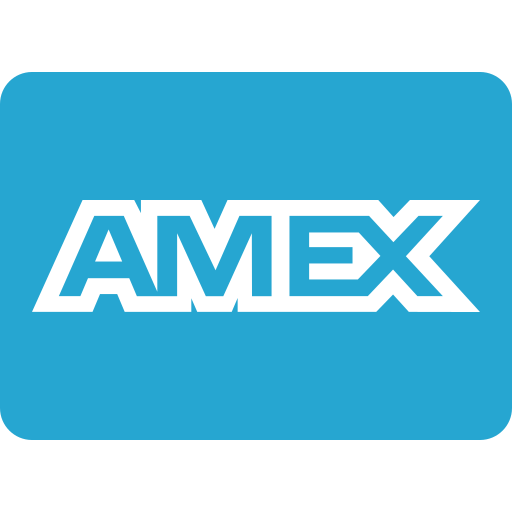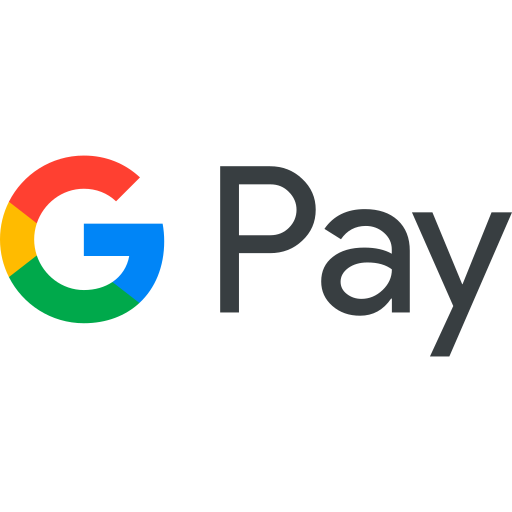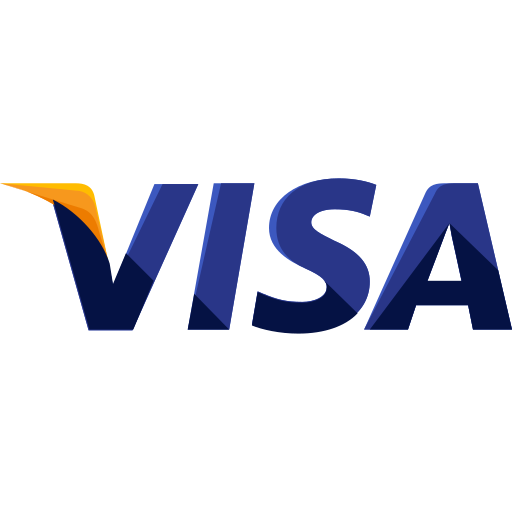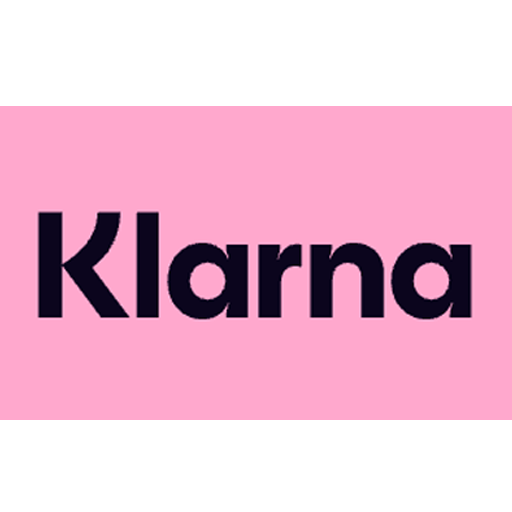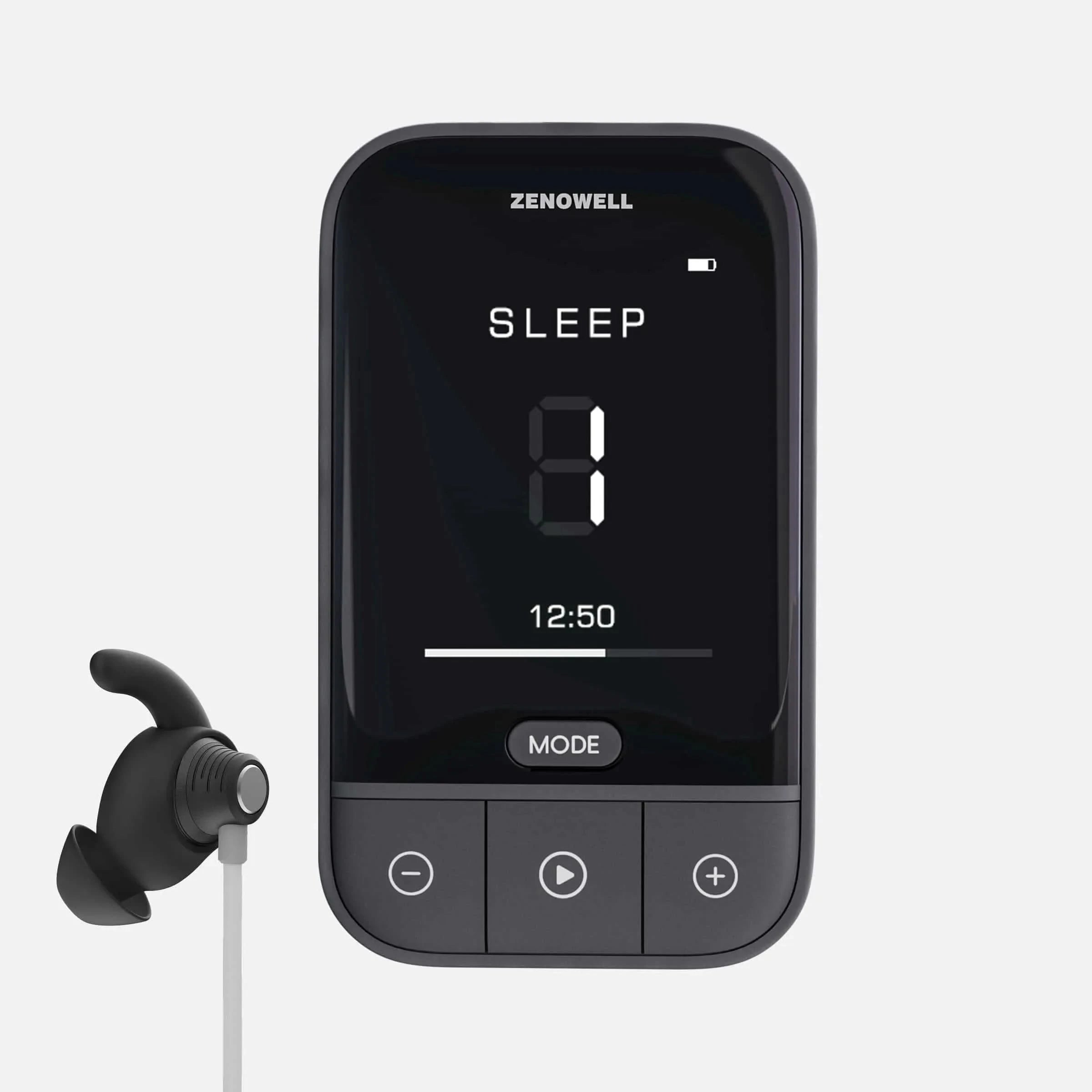Kann nicht-invasive Vagusnervstimulation ausgebrannten Arbeitnehmern helfen? Neue Studie zeigt Potenzial zur kognitiven Verbesserung
Die Burnout-Krise: Wenn kognitiver Kollaps auf die Medikamentenlücke trifft
Chronische Erschöpfung und „Gehirnstillstand“ gehören mittlerweile zum Alltag am Arbeitsplatz. Burnout hat sich von psychischer Belastung zu messbaren Hirnschäden entwickelt – die exekutiven Funktionen (EF) werden durch Aufmerksamkeitsdefizite und schlechte Entscheidungsfindung beeinträchtigt. Da es keine zielgerichteten Medikamente gibt, gibt eine bahnbrechende Studie in Neuroimage: Reports Anlass zur Hoffnung: Transkutane Vagusnervstimulation (tVNS) kann die kognitive Leistungsfähigkeit durch Modulation der neuronalen Aktivität rasch steigern, insbesondere bei Personen ohne Burnout.
Wie „Zappen am Ohr“ das Gehirn weckt
✅ Teilnehmer: 1) Burnout-Gruppe: 27 Arbeitnehmer mit einem Wert von >75. Perzentil auf der Erschöpfungsskala. 2) Nicht-Burnout-Gruppe: 24 gesunde Berufstätige (nach Alter/Bildung angepasst)
✅ Methodik: 1) Die Teilnehmer führten eine emotionale Go/NoGo-Aufgabe durch, die Fehlerhemmung inmitten von Ablenkungen (z. B. Spinnenbildern) erforderte. 2) Sie erhielten abwechselnd echte tVNS (Tragus- und Ohrläppchenstimulation) oder Scheinstimulation, während das EEG die Gehirnaktivität aufzeichnete

Wichtigste Erkenntnis: tVNS bringt das Gehirn in Schwung – aber Burnout-Gehirne widerstehen?
✨ Verhaltensergebnisse
- Die Gruppe ohne Burnout reduzierte die Fehler mit tVNS um 30 % (1,56 % → 0,98 %, p = 0,008).
In der Burnout-Gruppe gab es keine signifikante Verbesserung - Gesunde Gehirne erhalten einen Präzisionsschub; ausgebrannte Gehirne sind möglicherweise zu erschöpft, um zu reagieren.
🧠 Steigerung der neuronalen Effizienz
- Die N2-P3-Spitzenlatenz (IPL) verkürzte sich während der NoGo-Versuche in beiden Gruppen um 12 ms (169,6 ms → 157,6 ms, p = 0,01).
- Diese Latenzverringerung spiegelt eine schnellere neuronale Verarbeitung zur kognitiven Kontrolle wider.
- Paradox: Obwohl die neuronale Geschwindigkeit allgemein zunahm, setzten nur Teilnehmer ohne Burnout dies in eine bessere Leistung um.

Warum Burnout-Gehirne anders reagieren
- 1️⃣ Autonome Dysregulation: Chronische sympathische Dominanz (z. B. reduzierte HRV) kann die tVNS-gesteuerte Erregungsmodulation stören
2️⃣ „Arousal Ceiling“-Effekt: Burnout-Mitarbeiter arbeiten wahrscheinlich gemäß dem Yerkes-Dodson-Gesetz in höchster Wachsamkeit, sodass kein Raum für Verbesserungen bleibt
3️⃣ Neuronale Schulden: Erschöpfte Gehirne überfordern bereits die kognitiven Ressourcen, was die tVNS-Optimierung einschränkt
Die Zukunft: Kann tVNS die Lebensader eines Arbeitnehmers sein?
- Kurzfristig: Sicheres, nicht-invasives kognitives „Schnellladen“ für die Konzentration in kritischen Zeiten
- Langfristig: Die Bekämpfung von Burnout erfordert erweiterte tVNS-Protokolle + Kombinationstherapien (z. B. Stressmanagement).
- Biomarker-Durchbruch: N2-P3 IPL erweist sich als neuronaler Effizienzmesser für Präzisionseingriffe
Wissenschaftlich fundierter Leitfaden zur Arbeiterrettung
- ⚠️ Vorbeugen > Behandeln: tVNS funktioniert am besten vor einem Burnout – versuchen Sie es mit 10-minütigen Sitzungen während der Pausen
- ⚠️ Personalisieren: Kombinieren Sie mit HRV-Überwachung, um Stimulationsparameter anzupassen
Das Fazit
Wir entschlüsseln die neuronalen Mechanismen des Burnouts. Dank der Fortschritte in der nicht-invasiven Neuromodulation müssen sich „Spitzenleistung“ und „Gehirngesundheit“ nicht länger gegenseitig ausschließen.
💬 Diskussionsfrage :
Haben Sie schon einmal unter Brain Fog gelitten? Könnte bürofreundliche Neurostimulation zum nächsten ergonomischen Must-have werden? Teilen Sie uns Ihre Meinung mit!
Referenz:
Pihlaja, M., & Hartikainen, KM (2025). Untersuchung der Auswirkungen der transkutanen Vagusnervstimulation bei Personen mit und ohne Burnout: Mögliche Vorteile für die Exekutivfunktion und die neuronale Verarbeitung. NeuroImage: Reports, 5 (3), Artikel 100268. https://doi.org/10.1016/j.ynirp.2025.100268





